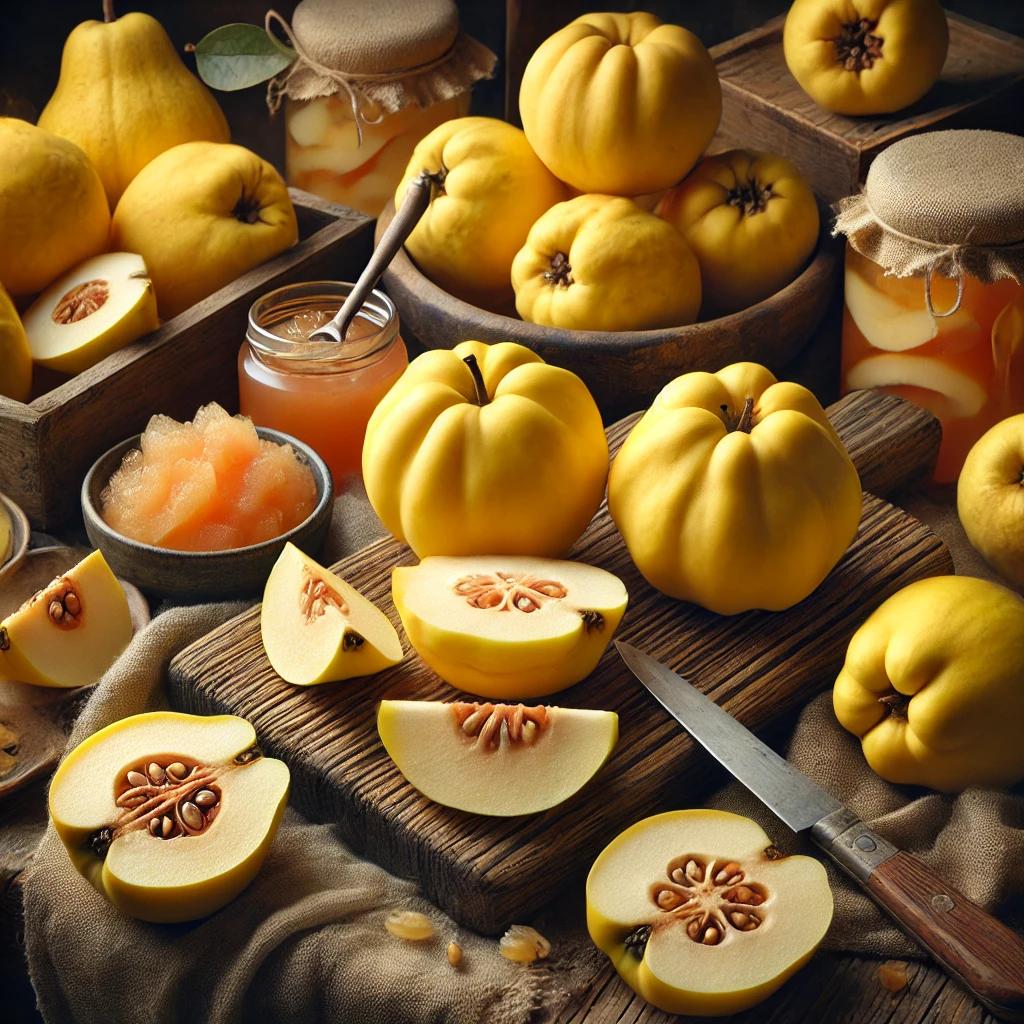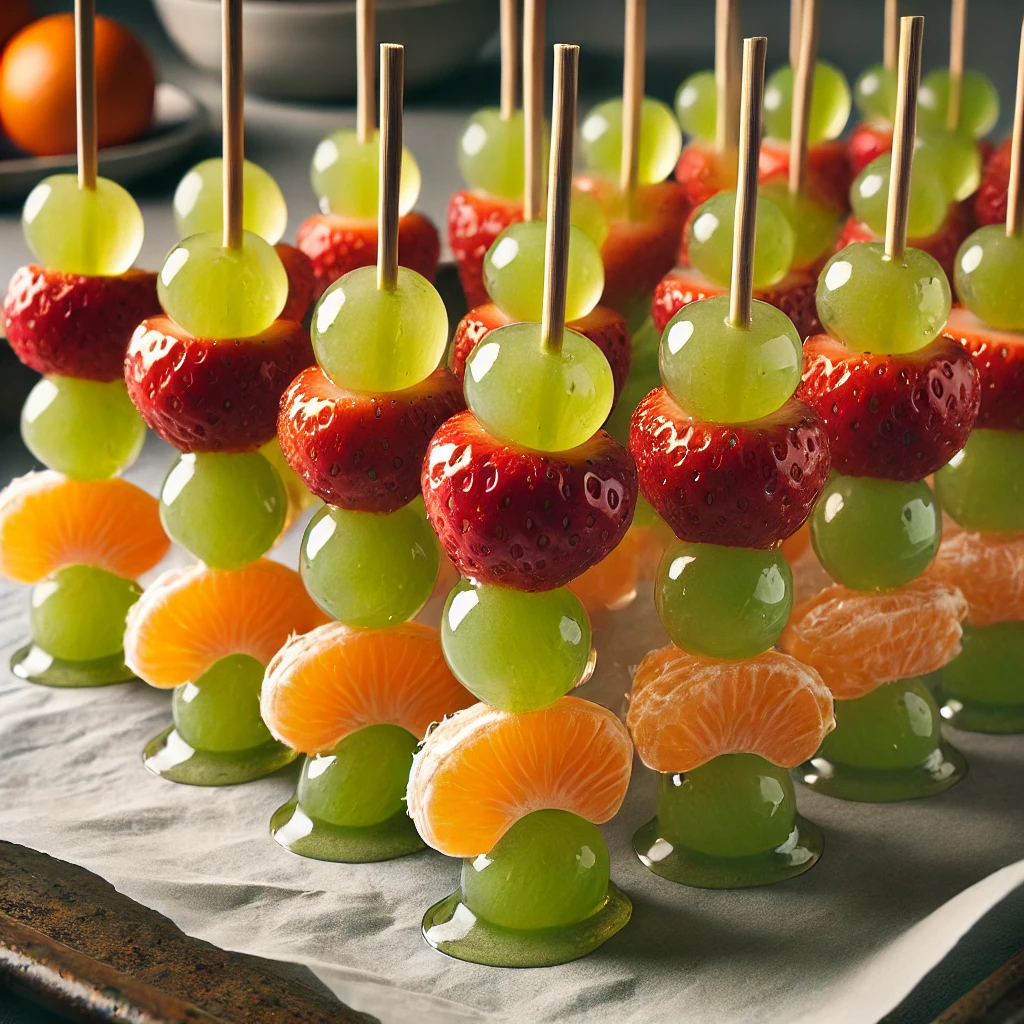What Is quince fruit and What Can You Make With It?

quince fruit
What Is Quince Fruit, and What Can You Cook With It?
Ever spotted a quince fruit at the store? This often-overlooked gem is a forgotten favorite. Let’s dive into what makes quince special and discover some tasty ways to cook with it at home.
Now Trending
If you’re unfamiliar with quince, you might mistake it for a misshapen blend of a Golden Delicious apple and a pear. Come autumn, you’ll find these lumpy fruits nestled in grocery store bins, often featured in delightful desserts like apple quince pie. But quince has its own unique charm that sets it apart.
What Is Quince?
Quince is a pear-shaped fruit with a bright yellow hue, closely resembling a Golden Delicious apple. However, unlike apples or pears, a ripe quince has a firm, tough texture. If it feels soft, it’s already past its prime. Its skin is thin, and inside, the flesh is spongy and hard, but don’t let this deter you—the fruit’s enticing vanilla-orange fragrance more than makes up for it.
Pro tip: Quinces are in season from September to December. Choose large, firm, yellow fruits with minimal green coloring. Stored in plastic wrap, they can last in the refrigerator for up to three months.
The Fruit’s Famous History
Despite its fame throughout history, quince remains largely unknown today, possibly overshadowed by the popular apple. Some historians actually believe that the "apples" referred to in the Garden of Eden and the Song of Solomon were, in fact, quinces. In ancient Greece, the fruit symbolized love and fertility, often served at wedding feasts or tossed to newlyweds as a token of commitment.
Though apples dominate modern kitchens, quince still deserves a spot on your table. Here’s how to make the most of this ancient fruit.
How to Eat Quince
Quinces are inedible raw due to their tough, sour flesh. But once cooked, they transform into a delicious treat. Similar to persimmons, quince requires a little effort, but the results are well worth it.
Quince Jams, Jellies & Marmalade
One of the best uses for quince is in jams and jellies, thanks to its high pectin content. Quince jelly is a staple in many special dishes, like Glazed Spatchcocked Chicken.
In Spain, quince paste (membrillo) is a popular accompaniment to cheese or crisp bread, while the French enjoy it as Pate de Coings. You can find these in gourmet shops or online.
Quince Orange Marmalade
Want to make quince marmalade at home? It’s a fantastic way to bring this fruit’s flavor to your kitchen. In fact, the word "marmalade" comes from "marmelo," the Portuguese word for quince. Historically, quince was the only fruit used to make marmalade before oranges became the star.
How to Poach Quince
Poaching is a simple way to prepare quince. Here’s how:
- Peel, core, and quarter 5-6 quinces. Place them in a large pot with 7 cups of water and a mixture of sugar and honey.
- Add half a lemon and spices like vanilla, cinnamon, cloves, or star anise.
- Boil, then simmer for 1-2 hours until tender.
Store the poached quince with its liquid in a covered container in the fridge.
Baked Quince
Another great option is to bake or roast quince. The cooked fruit can be enjoyed on its own, served over cake or ice cream, mixed into yogurt, or used in other recipes like pies.
- Peel and core the quince, then cut it into slices or quarters.
- Place in a baking dish, drizzle with honey, and add fruit juice (lemon, orange, or apple works well) and spices.
- Cover and bake at 300°F until the quince becomes translucent (about an hour), then bake uncovered for another 10-15 minutes to thicken the juices.
More Ways to Cook Quince
- Bake it like an apple, but allow extra cooking time.
- Add it to pies. Quince pairs beautifully with apples but needs pre-cooking before baking. Try it in our Apple Quince Pie.
- Pair with pork. For a savory twist, try Pork with Savory Quince Compote, or add quince chunks to the roasting pan for a flavor boost and tenderizing effect.
Quince may not be as common as apples, but with a little effort, it can add an extraordinary touch to your dishes!
Related


(quince fruit quince fruit quince fruit quince fruit quince fruit)
